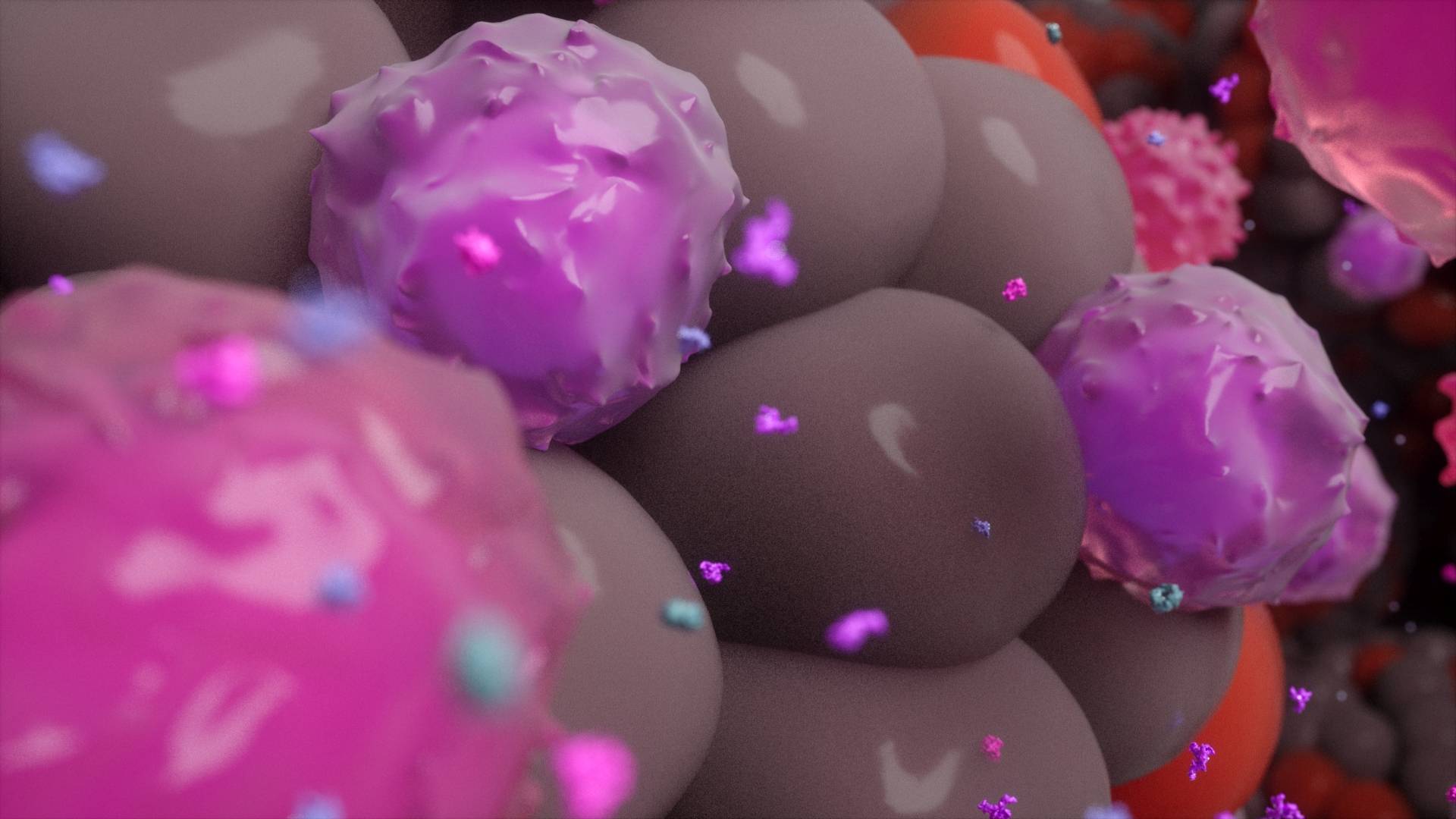

Type 1 diabetes mellitus occurs in genetically predisposed persons as a consequence of the immune-mediated destruction of pancreatic islet beta cells that secrete insulin. [1] The onset of clinically overt diabetes represents the end point of an insidious, progressive decline in the function of beta cells after the majority of beta cells have been damaged or destroyed. Risk can be predicted on the basis of immunologic markers and tests of beta-cell function. Polydipsia, polyphagia, and polyuria (the classic trio of symptoms associated with disease onset) along with overt hyperglycaemia remain diagnostic hallmarks in children and adolescents, and to a lesser extent in adults. An immediate need for exogenous insulin replacement is also a hallmark of type 1 diabetes, for which lifetime treatment is needed. Key questions remain regarding the epidemiology of type 1 diabetes, effectiveness of current therapies, understanding how the disorder develops, and preventing or curing the disease.
The incidence of type 1 diabetes has been increasing worldwide for several decades. [2] In Finland, Germany, and Norway, annual increases in incidence of 2.4%, 2.6%, and 3.3%, respectively, have been reported. [3] , [4] , [5] A plethora of environmental influences have been purported to affect the epidemiology of type 1 diabetes, with infant and adolescent diets, vitamin D and vitamin D pathway constituents, and viruses receiving the most focus. Interest is growing in models to describe the influence of environment on type 1 diabetes, including the hygiene hypothesis and gut microbiome; however, no specific agents with an unequivocal influence on pathogenesis have been identified. [6] , [7] , [8] , [9] , [10] , [11] , [12] Most research articles on the pathogenesis of type 1 diabetes begin by noting that the disorder results from an autoimmune destruction of insulin-secreting pancreatic β cells. The presence of a chronic inflammatory infiltrate that affects pancreatic islets at symptomatic onset of type 1 diabetes is the basis of this observation. [13]
There is relatively good evidence from human studies that natural killer (NK) T cell activity, APC function as well as generation of CD25+ regulatory lymphocytes are all reduced in human diabetic patients. [14] This finding, coupled with strong evidence from animal models that enhancing NK T cell activity [15] , systemic infections leading to immune activation or transfer of CD25+ cells [14] can prevent T1DM, makes generalized immune dysregulation a likely underlying cause for T1DM. Genetic factors and environmental influences might all be able to enhance or alleviate this systemic dysregulation. It is intriguing that most defects that have been found constitute a lack of certain immune functions including generation of molecules such as interferons by NK T cells that are known to be detrimental to islets. However, lack of NK T cell activity also results in less interleukin (IL)-4 production and, consequently, lower degrees of APC activation, that might result in lower levels of CD25+ or T helper 2-like regulatory cells than needed to maintain a healthy immune equilibrium. Therapeutically, this situation might be exploited, but one will have to act with caution, because any type of systemic correction will affect other immune functions, such as host defense.

1. Atkinson, MA, Maclaren NK. The pathogenesis of insulin-dependent diabetes mellitus. N Engl J Med 1994;331:1428-36
2. D Dabelea, The accelerating epidemic of childhood diabetes. Lancet, 373 (2009), pp. 1999–2000
3. CC Patterson, GG Dahlquist, E Gyürüs, A Green, G Soltész, EURODIAB Study Group. Incidence trends for childhood type 1 diabetes in Europe during 1989–2003 and predicted new cases 2005–20: a multicentre prospective registration study, Lancet, 373 (2009), pp. 2027–2033
4. M Thunander, C Petersson, K Jonzon, et al., Incidence of type 1 and type 2 diabetes in adults and children in Kronoberg, Sweden, Diabetes Res Clin Pract, 82 (2008), pp. 247–255
5. S Ehehalt, K Dietz, AM Willasch, A Neu, Prediction model for the incidence and prevalence of type 1 diabetes in childhood and adolescence: evidence for a cohort-dependent increase within the next two decades in Germany, Pediatr Diabetes, 13 (2012), pp. 15–20
6. BM Svoren, LK Volkening, JR Wood, LM Laffel. Significant vitamin D deficiency in youth with type 1 diabetes mellitus, J Pediatr, 154 (2009), pp. 132–134
7. D Blanton, Z Han, L Bierschenk, et al., Reduced serum vitamin D-binding protein levels are associated with type 1 diabetes. Diabetes, 60 (2011), pp. 2566–2570
8. JD Cooper, DJ Smyth, NM Walker, et al., Inherited variation in vitamin D genes is associated with predisposition to autoimmune disease type 1 diabetes, Diabetes, 60 (2011), pp. 1624–1631
9. WC Yeung, WD Rawlinson, ME Craig, Enterovirus infection and type 1 diabetes mellitus: systematic review and meta-analysis of observational molecular studies, BMJ, 342 (2011), p. 35
10. LC Stene, M Rewers. Immunology in the clinic review series; focus on type 1 diabetes and viruses: the enterovirus link to type 1 diabetes: critical review of human studies, Clin Exp Immunol, 168 (2012), pp. 12–23
11. JF Bach, L Chatenoud, The hygiene hypothesis: an explanation for the increased frequency of insulin-dependent diabetes, Cold Spring Harb Perspect Med, 2 (2012), p. a007799
12. BP Boerner, NE Sarvetnick, Type 1 diabetes: role of intestinal microbiome in humans and mice, Ann NY Acad Sci, 1243 (2011), pp. 103–118
13. P In't Veld, Insulitis in human type 1 diabetes: the quest for an elusive lesion, Islets, 3 (2011), pp. 131–138
14. Kukreja A, Cost G, Marker J, Zhang C, Sun Z, Lin-Su K, Ten S, Sanz M, Exley M, Wilson B, Porcelli S, Maclaren N. Multiple immuno-regulatory defects in type-1 diabetes. J Clin Invest 109: 131-140, 2002.
15. Sharif S, Arreaza GA, Zucker P, Mi QS, Sondhi J, Naidenko OV, Kronenberg M, Koezuka Y, Delovitch TL, Gombert JM, Leite-De-Moraes M, Gouarin C, Zhu R, Hameg A, Nakayama T, Taniguchi M, Lepault F, Lehuen A, Bach JF, Herbelin A. Activation of natural killer T cells by alpha-galactosylceramide treatment prevents the onset and recurrence of autoimmune type 1 diabetes. Nat Med 7: 1057-1062, 2001.